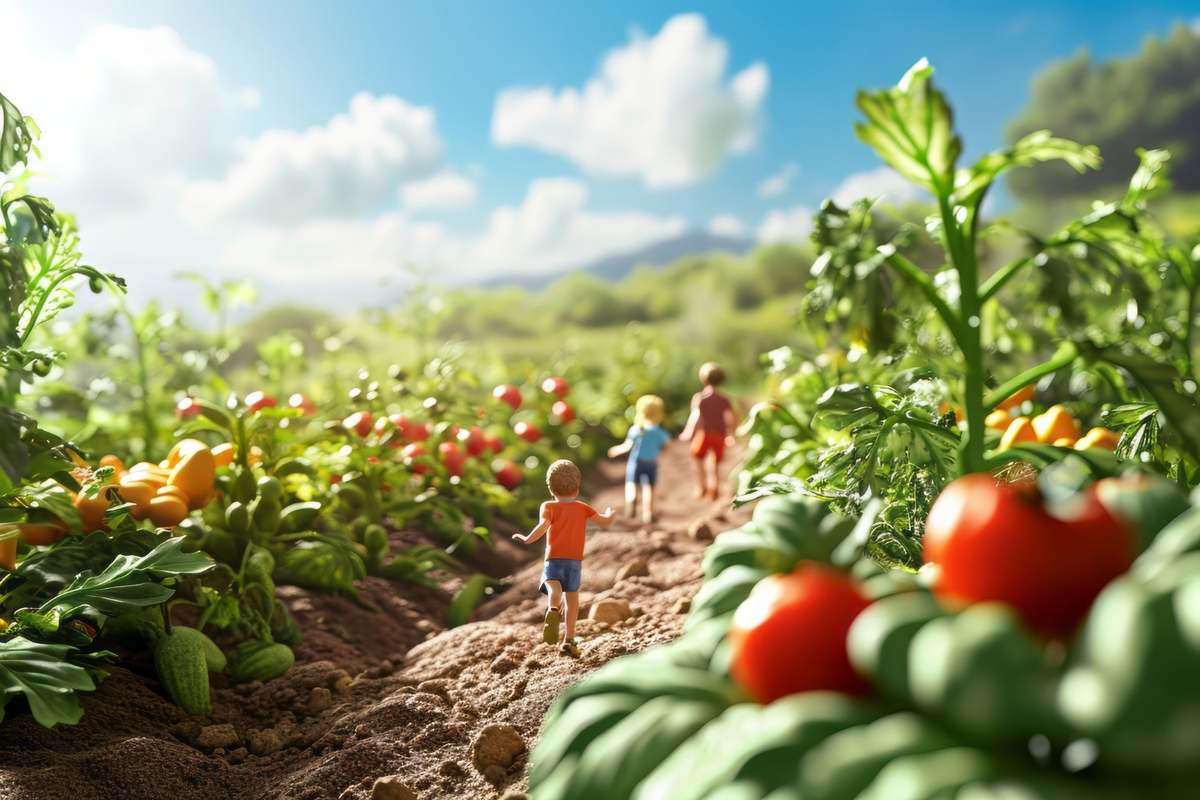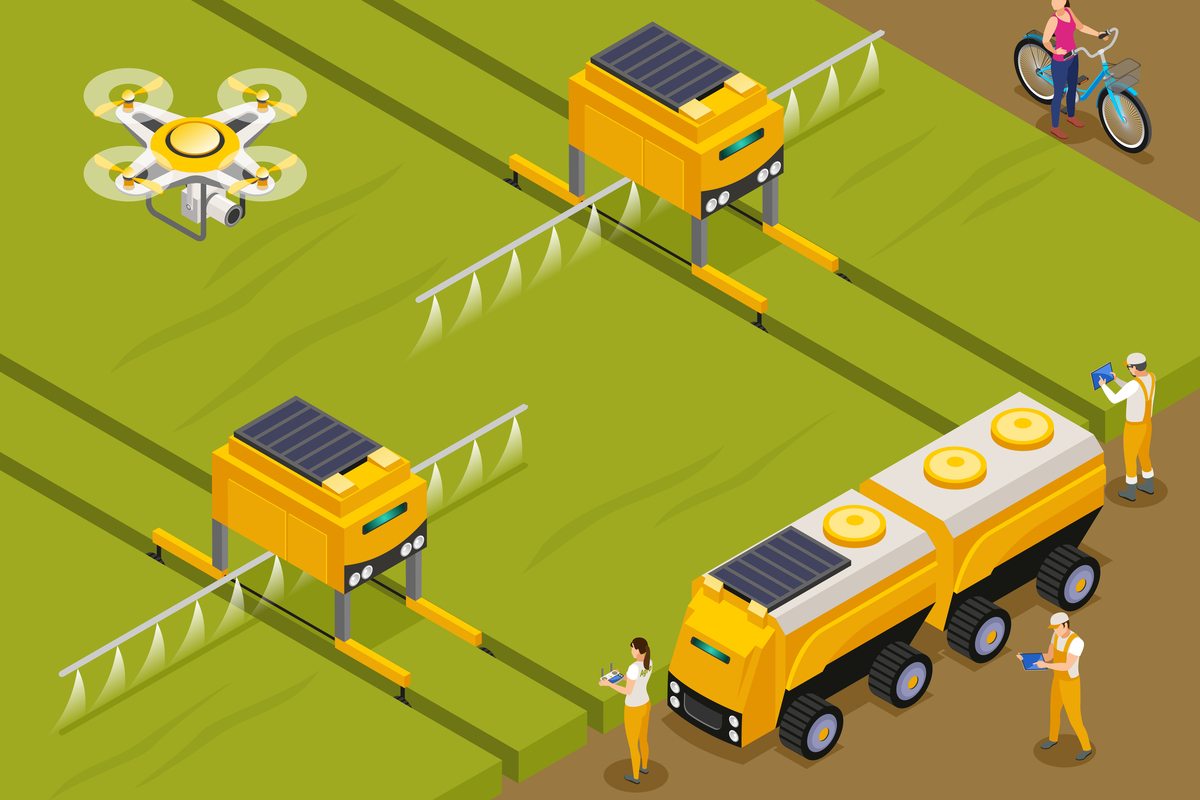Regenerative agriculture is all about taking a comprehensive approach to farming that prioritizes the health of ecosystems like soil, water, and biodiversity. It promotes practices that align with nature, such as rotating crops, using cover crops, minimizing tillage, and integrating livestock. These methods help boost soil fertility, enhance carbon capture, and foster biodiversity. In contrast to traditional farming, which often harms the land over time, regenerative agriculture seeks to strengthen resilience, support ecosystem functions, and develop more sustainable and productive farming systems by enhancing the natural resources it relies on.
While regenerative agriculture has gained attention for its environmental benefits, it also comes with certain disadvantages that can make it challenging for widespread adoption. In this article, we will discuss the advantages and disadvantages of regenerative agriculture in detail.
Table of Contents
Advantages of Regenerative Agriculture

1. Soil Health Improvement
One of the core goals of regenerative agriculture is to improve soil health. Practices such as cover cropping, crop rotation, and reduced or no tillage enhance the organic matter in the soil. This leads to increased soil fertility, better nutrient cycling, and enhanced water retention, which supports crop productivity. Healthy soils are less prone to erosion and degradation, maintaining the land’s long-term viability for farming.
2. Carbon Sequestration
Regenerative farming techniques are great at pulling in a ton of carbon dioxide (CO2) from the air and storing it in the soil. They do this mainly through photosynthesis and building up organic matter in the soil. This is a big win for fighting climate change since it cuts down on greenhouse gases in the air. Methods like agroforestry, silvopasture, and rotational grazing really boost this effect, transforming regular farmland into effective carbon sinks.
3. Water Conservation and Quality
By improving soil structure and increasing organic matter, regenerative agriculture enhances water retention in the soil. This reduces the need for irrigation and makes crops more resilient to droughts. Additionally, regenerative practices prevent soil erosion and nutrient runoff, which helps to improve water quality in nearby rivers, lakes, and watersheds by reducing pollution and sedimentation.
4. Reduced Dependence on Chemical Inputs
Traditional farming usually depends a lot on synthetic fertilizers, pesticides, and herbicides, which can hurt soil quality, contaminate water, and negatively impact wildlife. On the other hand, regenerative farming cuts down on these chemicals by promoting natural soil health through composting, planting cover crops, and using natural pest control. This approach not only saves farmers money but also results in cleaner, healthier food and a better environment.
5. Economic Benefits for Farmers
While the transition to regenerative agriculture may require an initial investment of time and resources, it has significant long-term economic benefits. Healthier soils lead to better yields and less need for costly inputs like fertilizers and pesticides. Over time, regenerative practices can reduce a farm’s operating costs while increasing profitability. Additionally, markets are growing for sustainably produced food, which can fetch premium prices, benefiting farmers economically.
6. Healthier Food for Consumers
The reduction or elimination of chemical inputs means that food produced through regenerative agriculture is often healthier and free from harmful residues. Additionally, the nutrient density of food can improve as soil health is restored, leading to more nutritious crops. This is increasingly important as consumers are becoming more conscious of the health impacts of their food choices.
7. Long-term Sustainability
Unlike conventional farming, which can degrade land over time, regenerative agriculture works to restore and sustain the natural resources that farming depends on. This ensures that farmland remains productive for future generations. By emphasizing ecological balance, regenerative agriculture builds the capacity of farming systems to thrive in the long term without depleting the land or ecosystem services.
8. Improved Ecosystem Services
Regenerative agriculture plays a key role in bringing back important ecosystem services like pollination, water cleaning, climate control, and nutrient recycling. By focusing on these services, it builds a more sustainable farming approach that benefits not just the farm but also the surrounding environment and community.
Disadvantages of Regenerative Agriculture

1. High Initial Costs
Implementing regenerative agricultural practices often requires significant upfront investment. Farmers may need to purchase new equipment, invest in soil testing, and pay for training to understand regenerative methods. Transitioning from conventional methods to regenerative ones can also lead to a temporary reduction in yields, which affects short-term profitability. The cost of integrating livestock, planting cover crops, and managing diverse crop rotations can also be a barrier, especially for small-scale farmers with limited capital.
2. Knowledge and Skill Requirements
Regenerative agriculture involves a shift in mindset from conventional farming, requiring extensive knowledge and expertise. Farmers must understand complex ecological processes such as nutrient cycling, water management, and biodiversity promotion. Additionally, regenerative practices are site-specific and require a deep understanding of the local ecosystem, which can be challenging to acquire. This learning curve can be daunting for farmers accustomed to traditional practices and may require ongoing education and support.
3. Labor Intensity
Regenerative farming methods like rotational grazing, cover cropping, and reduced tillage often demand more hands-on work and careful oversight than traditional farming. Farmers have to keep a close eye on soil health, strategize crop rotations, and manage livestock interactions. This extra workload can be tough, especially for those farmers who are already juggling a lot. Plus, the labor-intensive aspect might make it harder to scale these practices on bigger farms.
4. Uncertain Short-term Financial Gains
Regenerative agriculture is designed to improve long-term sustainability, but the financial benefits may take years to materialize. In the short term, farmers may face reduced yields during the transition period, leading to lower income. Many of the ecological benefits, such as improved soil health and carbon sequestration, accrue over time, making it difficult to see immediate returns. Farmers may struggle to maintain profitability during the initial years, especially if they lack access to financial incentives or support programs.
5. Climate and Regional Constraints
Not all regenerative practices are suitable for every region or climate. For instance, cover cropping and reduced tillage might not work as effectively in arid or very wet environments. Farmers in different climatic regions may need to adapt regenerative principles, and the effectiveness of some practices can be unpredictable based on local weather patterns. This variability increases the complexity of implementation and may limit the applicability of certain techniques.
6. Potential for Misapplication
If regenerative practices aren’t understood and managed well, they can backfire and cause problems. Take rotational grazing, for instance; if it’s not done right, it can lead to overgrazing and actually harm soil health instead of helping it. The same goes for cover cropping and crop rotations—they need to be selected with the specific environment in mind, or they might not deliver the ecological perks we’re aiming for. This chance of mismanagement can really hold back the progress of regenerative agriculture.
Conclusion
In conclusion, regenerative agriculture offers a promising approach to sustainable farming, with numerous advantages such as improved soil health, enhanced biodiversity, increased carbon sequestration, and long-term resilience against climate change. These practices promote environmental sustainability while potentially creating more productive agricultural systems over time. However, the transition to regenerative methods comes with significant challenges, including high initial costs, labor intensity, a steep learning curve, and delayed financial returns. Additionally, the lack of strong policy support and market incentives can hinder adoption. While regenerative agriculture holds great potential, addressing these disadvantages is essential for broader implementation and long-term success.







